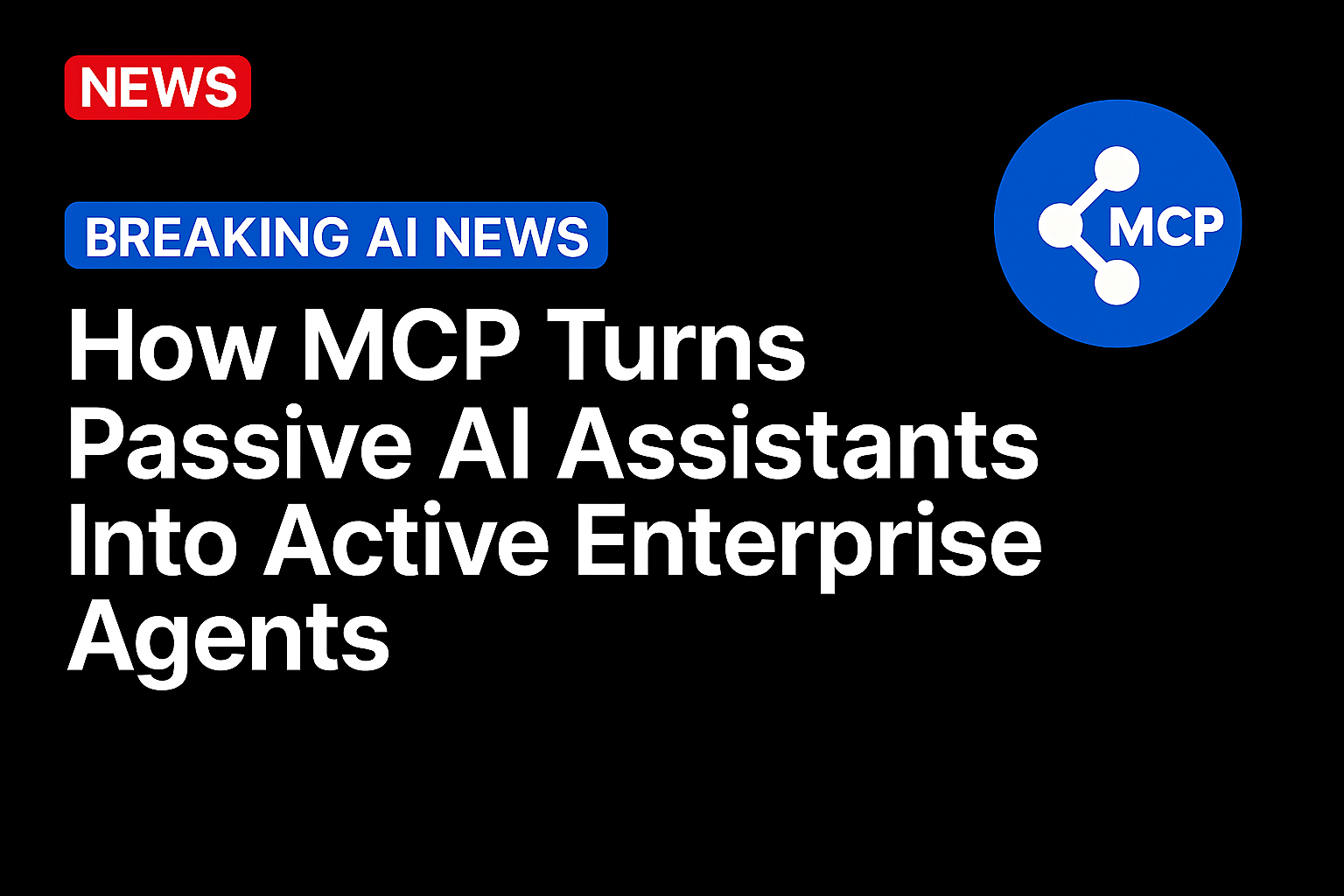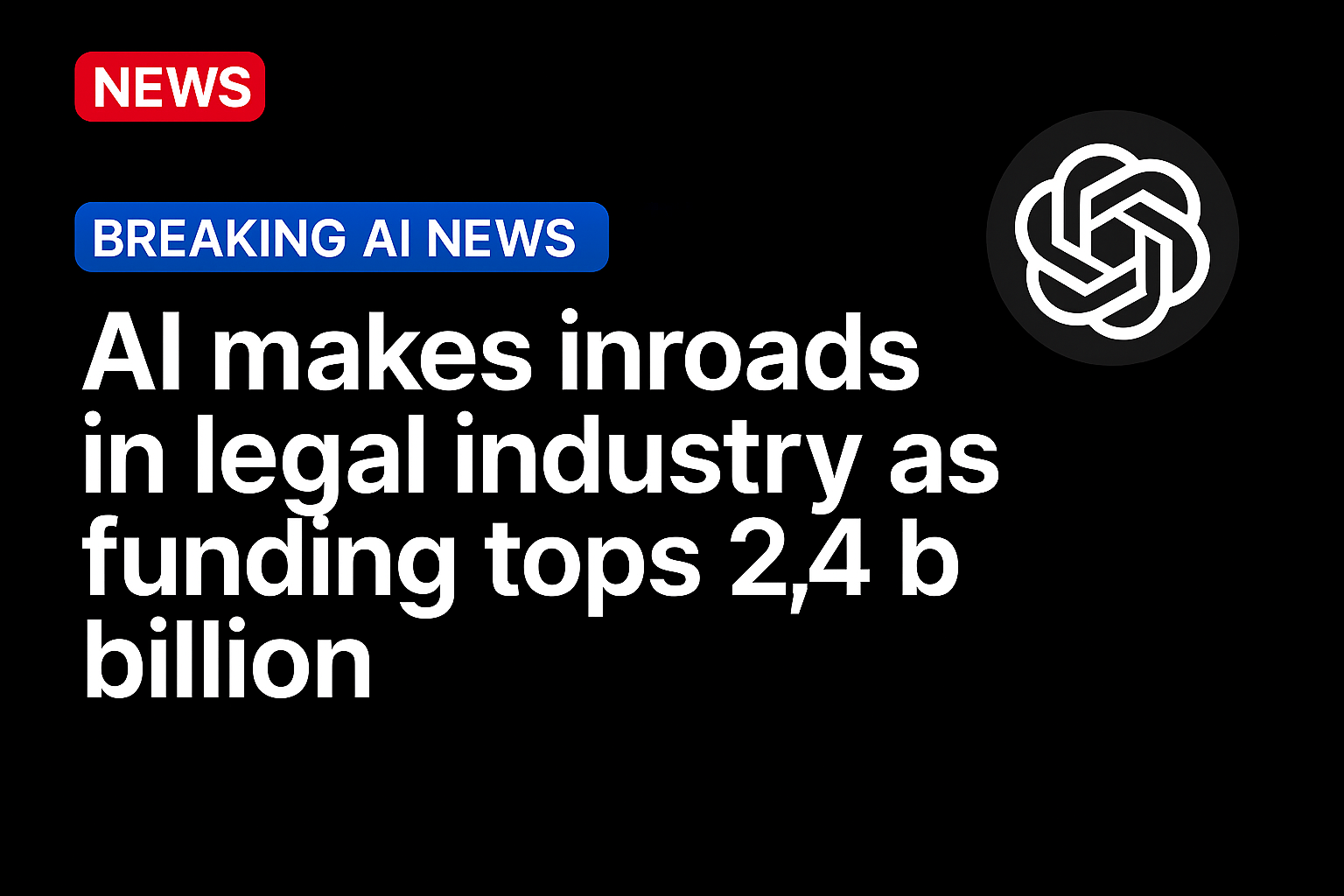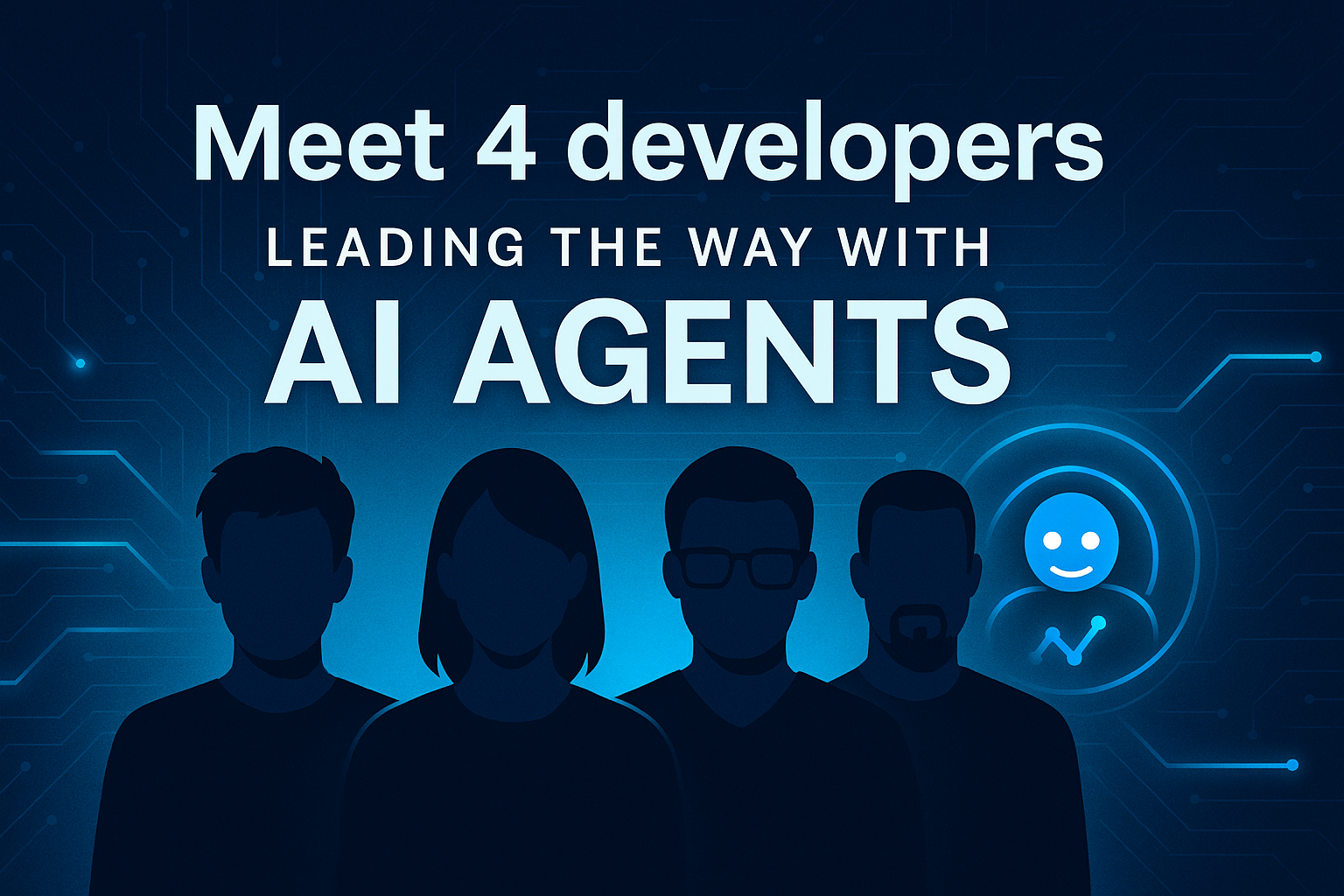
The Model Context Protocol, or MCP, is an open standard introduced by Anthropic in late 2024 to make artificial intelligence (AI) systems more useful in real-world business settings. At its core, MCP allows AI models such as Claude, ChatGPT or Gemini to securely connect to business tools, databases and workflows.
This foundational integration layer allows AI to move beyond generating passive insights and become an active enterprise agent that retrieves live operational data, updates records, and performs actions within approved systems.
Before MCP, connections between an AI system and a business application often had to be custom built. A developer might need one integration for Salesforce, another for Slack and another for a legacy database, which made adoption costly and slow. According to Google Cloud, MCP uses a simple structure: A host runs the AI model, a client acts as the intermediary and a server exposes the data or tools the model needs. This approach allows companies to connect AI models to live data without rewriting code for every use case.
Moody’s described MCP as “the foundational layer for enterprise AI connectivity,” noting that its use in regulated industries will depend on clear audit trails, governance and real-time controls. Anthropic called it “a standard way to connect AI models to the tools and data they need,” and early adopters include software and financial institutions seeking more reliable enterprise AI deployment.
Why MCP Matters
Modern AI models are great at generating text and insights but generally cannot act on live data. A customer-service chatbot, for example, can explain how to reset a password but cannot perform that action because it lacks secure, structured access to internal systems.
MCP solves that problem by giving AI systems a way to request and perform actions such as retrieving information, updating records or triggering workflows within approved security boundaries. It allows AI to move from being a passive assistant to an active helper.
In Anthropic’s engineering blog, engineers demonstrate how MCP lets models safely run code on behalf of users, enabling direct execution of tasks within secure, sandboxed environments. In an enterprise setting, this could mean an AI assistant pulling the latest sales data or summarizing a client report. In healthcare, an AI agent might retrieve lab results or send follow-up reminders without exposing patient files.
Google Cloud explained that MCP bridges static, trained knowledge and live operational data. Instead of relying solely on training information, models can now access real-time data from business systems in sectors such as finance, logistics and healthcare, where accuracy and timeliness are essential.
How AWS and Enterprises Use MCP
Amazon Web Services (AWS) is among the cloud providers integrating MCP to make AI more functional in enterprise settings. In its guidance, AWS outlined how MCP servers act as consistent interfaces to services such as Amazon S3, Amazon RDS and enterprise application programming interfaces (APIs).
Developers are already applying MCP within tools like Amazon Q Developer, where MCP connects AI assistants to project files, issue trackers and design systems. This enables context-aware software development and simplifies multi-tool workflows.
In financial services, MCP can connect AI systems to internal databases, compliance dashboards and risk models. For example, a compliance officer could ask, “Show me all transactions over $10,000 flagged this week,” and the AI assistant could retrieve that data through MCP directly from a secure database. Because the protocol supports authentication, permissions and logging, those actions can be monitored for audit and risk control.
Enterprise Example From Retail
A clear illustration of MCP’s potential comes from Walmart, which recently overhauled its approach to AI agents, as reported by The Wall Street Journal. The company had deployed dozens of narrow agents that worked separately across departments, leading to inefficiency and confusion. To address this, Walmart consolidated them into four “super agents” for customers, employees, engineers and suppliers that call smaller agents and internal systems through MCP.
The move provides a unified interface and stronger oversight across its AI infrastructure. Walmart told the Journal that the goal is to make its AI ecosystem more scalable and secure by using MCP to connect disparate systems under one governance model.
How MCP Differs From RAG
MCP is often compared with Retrieval-Augmented Generation (RAG), another way of expanding a model’s access to external information. The difference lies in what each method allows the AI to do.
RAG helps an AI system find and understand information. It retrieves relevant text or documents from an external database and feeds them into the model’s context to improve the quality of its answers. It is best for knowledge-based tasks such as research or customer support.
MCP, by contrast, allows an AI system to connect and act. It lets the model interact directly with software systems through secure connections. While RAG improves knowledge, MCP expands capability.
For instance, RAG might help an AI assistant answer, “What were our quarterly earnings?” by retrieving a report and quoting a number. MCP could go further by logging in to the company’s analytics system, pulling live data and updating a dashboard or sending a summary email.
In essence, RAG operates at the knowledge layer, while MCP functions at the integration layer. They complement each other: An AI assistant in a bank might use RAG to locate a regulatory document and MCP to apply that rule automatically to a new transaction.
Source: https://www.pymnts.com/



